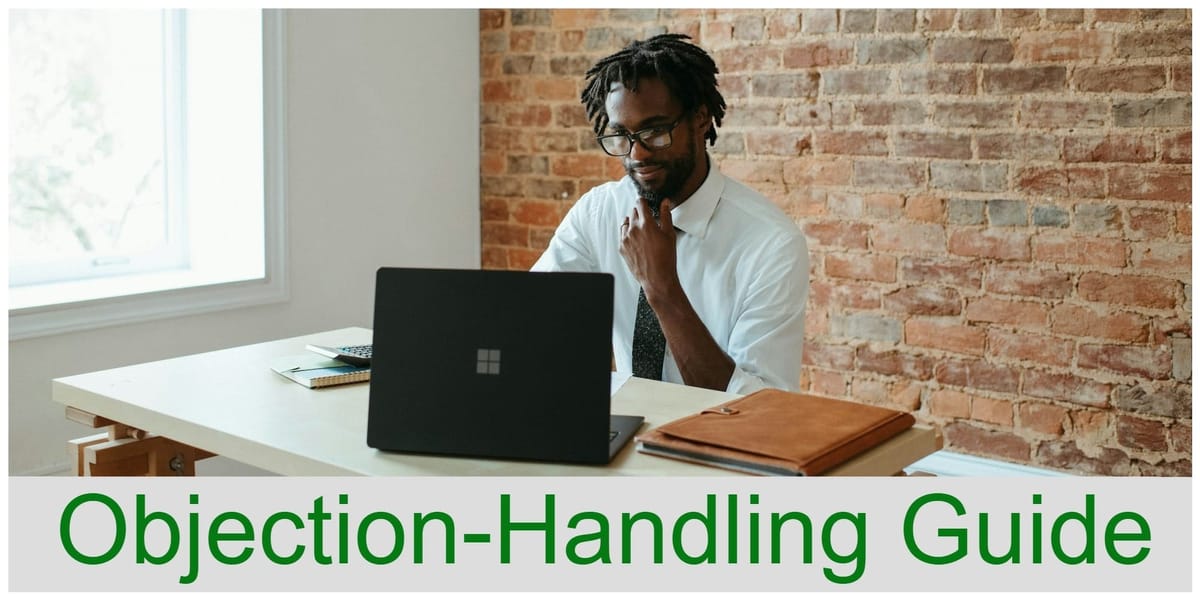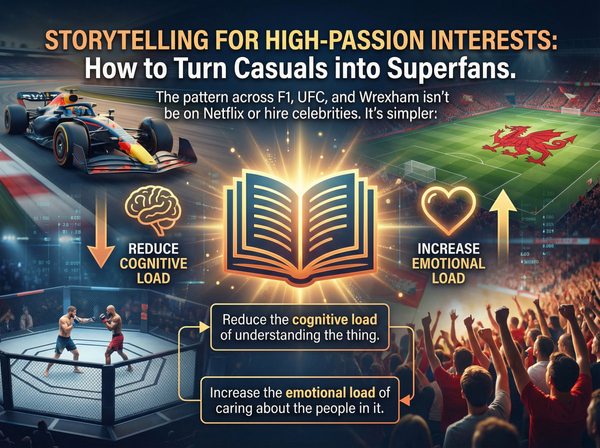Sales Objection Handling: Proven Scripts to Close More Deals

It’s too expensive.
I need to think about it.
What if it doesn’t work?
If these objections make you sweat, you’re not alone.
But here’s the truth: objections aren’t barriers - they’re buying signals. Prospects who voice concerns are close to saying yes. They just need reassurance.
This guide will show you how to master objection handling in sales with step-by-step strategies, proven scripts, and real-world examples.
Why Objection Handling Is Critical in Sales
A Harvard study found that salespeople who welcome objections close 42% more deals.
Why? Because objections reveal exactly what’s holding a prospect back. Addressing them head-on builds trust, eliminates doubt, and accelerates closing.
Golden Rule:
If you can’t answer an objection confidently, you’ll lose the sale. But if you can? You’ll close faster than competitors who rely on generic pitches.
Step 1: Predict & Prepare for Common Sales Objections
The first step to objection handling is preparation. List the top 5 objections in your industry. For example:
- It’s too expensive.
- I need to talk to my [partner/team].
- What if it doesn’t work?
- Your competitor does X.
- We’re not ready yet.
Pro Tip: Analyze past lost deals. The reasons prospects gave you are your goldmine.
Step 2: Winning Objection Handling Scripts (With Examples)
Your goal is to acknowledge the concern, reframe it, and pivot to the close.
Objection 1: It’s Too Expensive.
Bad Response: We offer payment plans.
Winning Script:
I totally get that. Many of our clients felt the same until they realized [result] saved them [time/money/stress]. For example, [Client X] recovered their investment in 30 days by [specific outcome]. If I could guarantee similar results for you, would that justify the cost?
Objection 2: I Need to Think About It.
Bad Response: Take your time!
Winning Script:
Of course! Can I ask: What part are you unsure about? Is it ROI, timeline, or something else? Let’s tackle that together now so you feel 100% confident in your decision.
Objection 3: What If It Doesn’t Work?
Winning Script:
That’s a fair concern. We actually guarantee [specific promise] because we’ve helped [X] clients achieve [result]. If you don’t see [metric] by [timeframe], we’ll [refund/extend support]. Does that ease your mind?
Key Move: Always end with a trial close:
- Does that make sense?
- Are you ready to move forward?
Step 3: Overcome Objections in Your Sales Copy & FAQs
Prospects won’t always voice concerns. Instead, they’ll silently worry about hidden fees, setup time, or complexity - and then ghost you.
Solve this by baking answers into your website, emails, and ads.
Example Fixes:
- FAQ: How long until I see results? → Headline: See Results in 14 Days (Or Your Money Back)
- Copy Phrases:
- No hidden fees. Ever.
- Implemented in 1 day, even if you’re non-techy.
- Here’s exactly what happens after you sign up…
Step 4: Train Until Objection Handling Feels Natural
The best sales scripts won’t help if you sound robotic.
The 3x Rule:
- Practice each script aloud three times.
- Record yourself.
- Do you sound confident or stiff?
Role-Play Drill:
- Have a colleague fire objections at you.
- Respond using your scripts.
- Debrief: What felt awkward? Refine.
Pro Tip: Use mirroring: I hear you’re worried about [X]. Let me clarify…
Real-World Example: SaaS Objection Handling
A SaaS startup kept losing deals to the objection: Your tool is too complex.
Here’s how they fixed it:
- Added a No-Code Setup section on their homepage.
- Trained reps to say: If I can get you up and running in 20 minutes, would you give it a shot?
- Created a See it in Action video for hesitant leads.
Result: 60% fewer objections, 35% more demos booked.
FAQs About Sales Objection Handling
Q: What are the most common sales objections?
A: Price, timing, trust, competitor comparisons, and need to think about it.
Q: What’s the best objection handling technique?
A: Acknowledge, reframe, and pivot. Always validate the concern before showing proof or reframing.
Q: How do you overcome too expensive objections?
A: Reframe cost as an investment and use ROI-driven examples. Show real client outcomes.
Q: What’s the difference between an objection and a rejection?
A: Objections are buying signals - the prospect is still interested but needs reassurance. Rejections mean the prospect has no interest at all.
Objections = Opportunities
Every But what about…? is a prospect handing you the key to their wallet.
When you master objections with scripts, copy fixes, and practice, you’ll transform hesitation into commitment - and watch your close rate soar.
Check out the AAA Reframing Method: https://www.mysalesprocess.com/aaa-method/
Keep Crushing!
- Sales Guy

